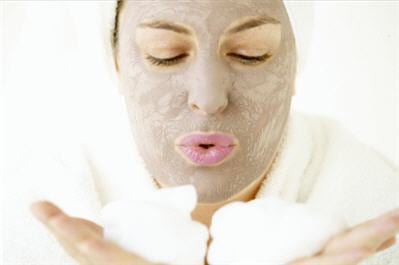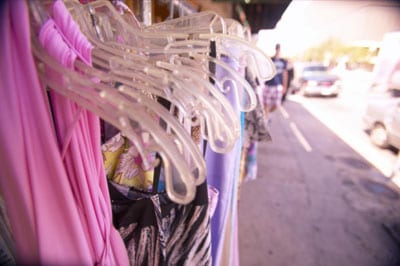Women, and some men, enjoy getting their nails done. Many also enjoy getting a massage. Getting a facial is the third most popular treatment in spas. There are a variety of facials to choose from, designed to meet the needs of all types of skin.
Who Administers a Facial?
After completing up to 600 hours of training and passing a written and practical exam, aestheticians are licensed in the state where they work and are permitted to treat the skin and perform other spa services, such as body treatments, massages and waxing. Aestheticians are familiar with all aspects of skin care but are not medical doctors, so they can’t diagnose skin conditions or prescribe medications. They can, however, promote and use cosmetic products. Some aestheticians work closely with a dermatologist to complement the doctor’s medical treatment. To perform your own at-home facial or to have a friend do one for you, no special training or licensing is required.
Purpose
Facials are designed to improve the appearance of the facial skin. This is done by cleaning, removing dead skin cells, unclogging pores, removing blackheads and applying various products designed to improve the texture as well as the look of the skin. Facials also are designed to be relaxing and often include a massage of the face and head and neck. Most people feel good after having the work performed on their face.
Types
Different salons and spas often develop their own “signature” facials using products they promote. Special facials are designed for people with sensitive or aging skin, for dry or oily skin and for combination skin. Some facials include paraffin, designed to seal in the antiaging and rejuvenating creams that help the face feel soft. Acne facials are designed to treat people, especially teenagers, who are experiencing acne on their faces. Some facials involve the use of aromatherapy oils that are said to have special curative powers. Some facial products have special antioxidants in the product and are designed to be pollution-fighting facials.
Masks
Facials often include the application of a mask. The mask is actually a coating that goes on the face. Some masks remain on the face until they harden and then are pulled off. Some masks simply wipe off. The mask is used to promote firm skin, to remove oil, to increase the skin’s hydration and to tighten the skin. The mask can be made of natural and artificial ingredients.
The Home Facial
An at-home facial can be done with store-bought products but frequently use raw food products. Bananas, grapefruit, egg yolks, avocado, lemons, cucumber and yogurt are some natural products that are frequently used in at-home facial recipes. Whether performed at home or at a beauty salon or spa, the facial should leave your face looking and feeling good.
Time Commitment
A facial can last anywhere from a few minutes to more than an hour. At many spas, you can book a facial for the length of time you want. If there are many products and procedures involved, the facial is likely to last longer and you will be billed accordingly.


